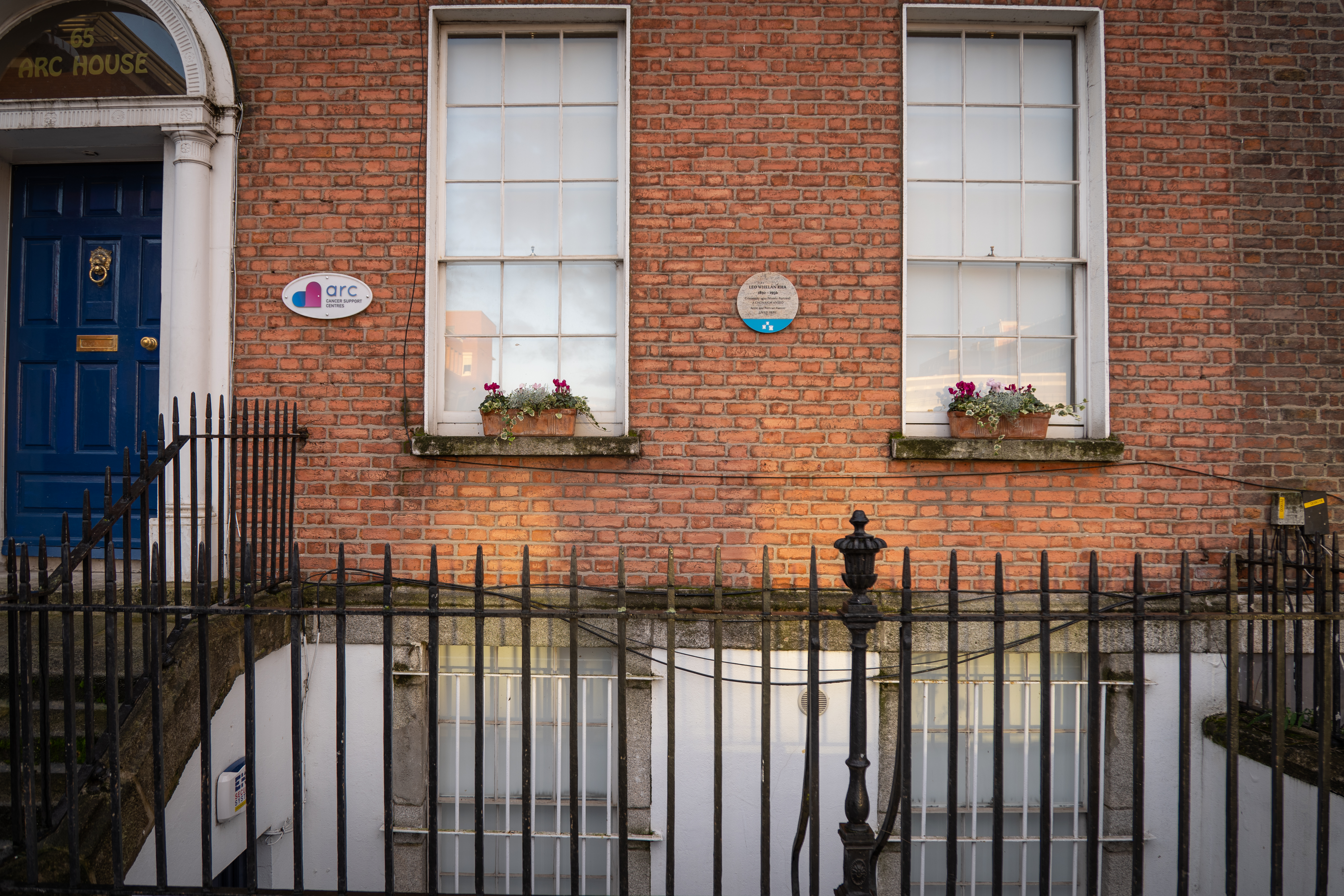Eccles Street on:
[Wikipedia]
[Google]
[Amazon]
Eccles Street () is a street in


Dublin
Dublin (; , or ) is the capital and largest city of Ireland. On a bay at the mouth of the River Liffey, it is in the province of Leinster, bordered on the south by the Dublin Mountains, a part of the Wicklow Mountains range. At the 2016 c ...
, Ireland.
History
Eccles Street began on 6 March 1769 when Isaac-Ambrose Eccleslease
A lease is a contractual arrangement calling for the user (referred to as the ''lessee'') to pay the owner (referred to as the ''lessor'') for the use of an asset. Property, buildings and vehicles are common assets that are leased. Industrial ...
d three parcels of land in the area. The street is named after his family, including his grandfather Sir John Eccles
Sir John Carew Eccles (27 January 1903 – 2 May 1997) was an Australian neurophysiologist and philosopher who won the 1963 Nobel Prize in Physiology or Medicine for his work on the synapse. He shared the prize with Andrew Huxley and Alan Llo ...
, Lord Mayor of Dublin
The Lord Mayor of Dublin ( ga, Ardmhéara Bhaile Átha Cliath) is the honorary title of the chairperson ( ga, Cathaoirleach, links=no ) of Dublin City Council which is the local government body for the city of Dublin, the capital of Ireland. Th ...
1710–11 who owned property on the street.
In James Joyce
James Augustine Aloysius Joyce (2 February 1882 – 13 January 1941) was an Irish novelist, poet, and literary critic. He contributed to the modernist avant-garde movement and is regarded as one of the most influential and important writers of ...
's novel '' Ulysses'' (published 1922, set in 1904), the protagonist Leopold Bloom
Leopold Bloom is the fictional protagonist and hero of James Joyce's 1922 novel '' Ulysses''. His peregrinations and encounters in Dublin on 16 June 1904 mirror, on a more mundane and intimate scale, those of Ulysses/ Odysseus in Homer's epic ...
lives at 7 Eccles Street
7 Eccles Street was a row house in Dublin, Ireland.
It was the home of Leopold Bloom, protagonist of the novel '' Ulysses'' (1922) by James Joyce.
The house was demolished in 1967, and the site is now occupied by the Mater Private Hospital.
His ...
, and the building was treated as a landmark by Joyce fans. No. 7 was demolished in 1967 by the neighbouring Dominican convent as part of an extension development to their school. The door was saved.
The architect Francis Johnston lived at number 64 Eccles Street.

Architecture
The Mater Hospital purchased the plot of land in 1975, building the Mater Private Hospital on the site which opened in 1986. The site also has a large surface carpark. The new development saw 36 Georgian houses demolished, despite preservation orders and resistance from groups includingAn Taisce
An Taisce – The National Trust for Ireland (; meaning "the store" or "the treasury"), established in June 1948, is a non-governmental organisation (NGO) active in the areas of the environment and built heritage in Ireland. It considers itself t ...
and the Arts Council. The order then began buying up more Georgian properties on the south side of the street. The windows and doors of three listed houses were illegally blocked up and others were left vacant.
The Mater invited an inspection of the three Georgian houses by Dublin Corporation
Dublin Corporation (), known by generations of Dubliners simply as ''The Corpo'', is the former name of the city government and its administrative organisation in Dublin since the 1100s. Significantly re-structured in 1660-1661, even more sign ...
in February 1988, when they were deemed dangerous. As a result, the buildings were ordered to be demolished to first or second-floor windowsill level. The houses were occupied by the group Students Against the Destruction of Dublin, and legal proceedings ultimately led to them vacating to allow the demolition to go ahead. The legal case revealed that the Mater Hospital Pools had funded the purchase of 28 of the houses on the south side of the street. By 1988, 2 properties were derelict, and 13 were partly or wholly vacant, including 3 already condemned. It emerged that they were aware the roofs had failed in the three condemned buildings as early as 1986, and had done no repair work allowing for the ultimate destruction of the buildings.

See also
* List of streets and squares in DublinReferences
{{reflist Streets in Dublin (city) 1769 establishments in Ireland